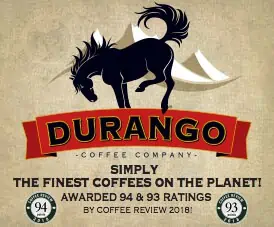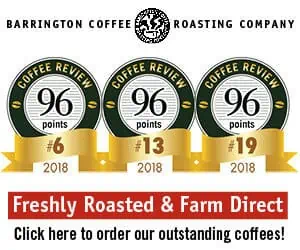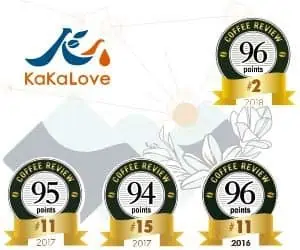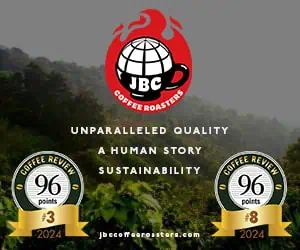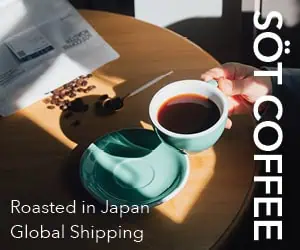
Coffee Review’s tasting reports aim to answer coffee questions that can only be answered by tasting the coffees that pose the questions. Usually, this means blind-tasting a whole lot of coffees — 50 to 100 per article — and reporting honestly on what we find, including calling attention to the finest of these coffees with reviews and ratings.
In 2025, we plan five such tasting reports.

February-March: National Roasters
This year’s first report for February/March asks the question: What will coffee lovers who enjoy refined small lots of traceable coffees from smaller roasters find when they buy from larger specialty roasters that sell nationwide, in some cases, worldwide? (We’re looking at you, Starbucks, Peet’s, Blue Bottle, Counter Culture, Whole Foods, et al.) We’ll anonymously order a range of coffees from a selection of these large national roasters, blind-taste them and test them for freshness, then report on both the successes and failures with ratings and reviews.
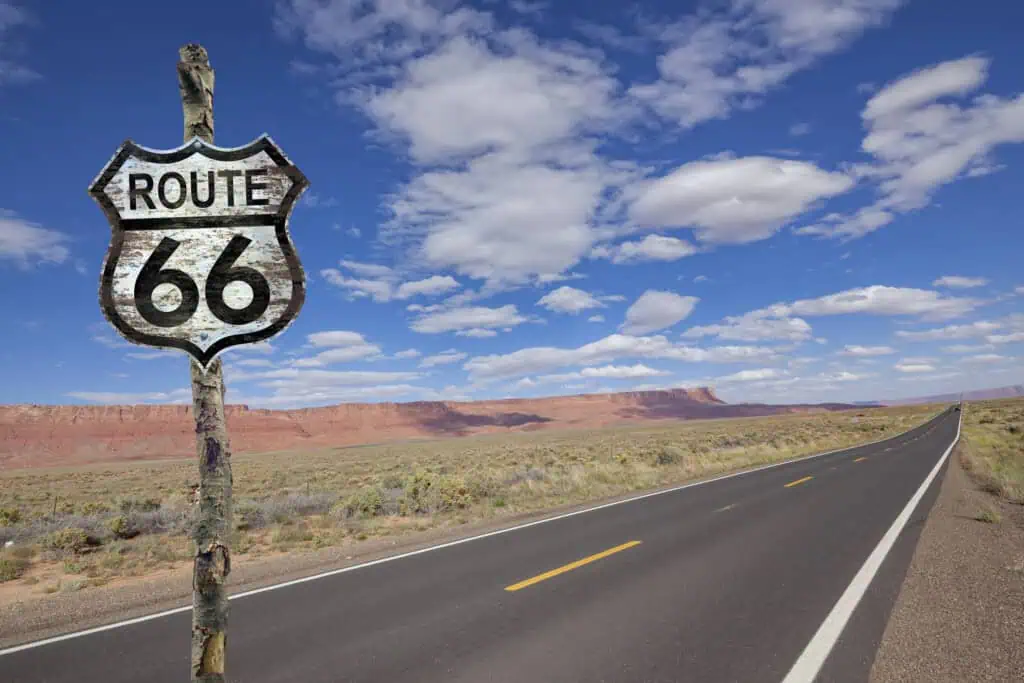
April-May: Roasters on Route 66
Highways and coffee have long been entwined in American myth, and for our April/May report we’ll take a virtual drive along one of the most storied highways in the U.S.: Route 66. We’ll sample coffees from some of the many regional roasters close to that route, a stretch of highway that for decades carried travelers across the U.S. heartland from Chicago to Los Angeles, through eight states and 292 towns.
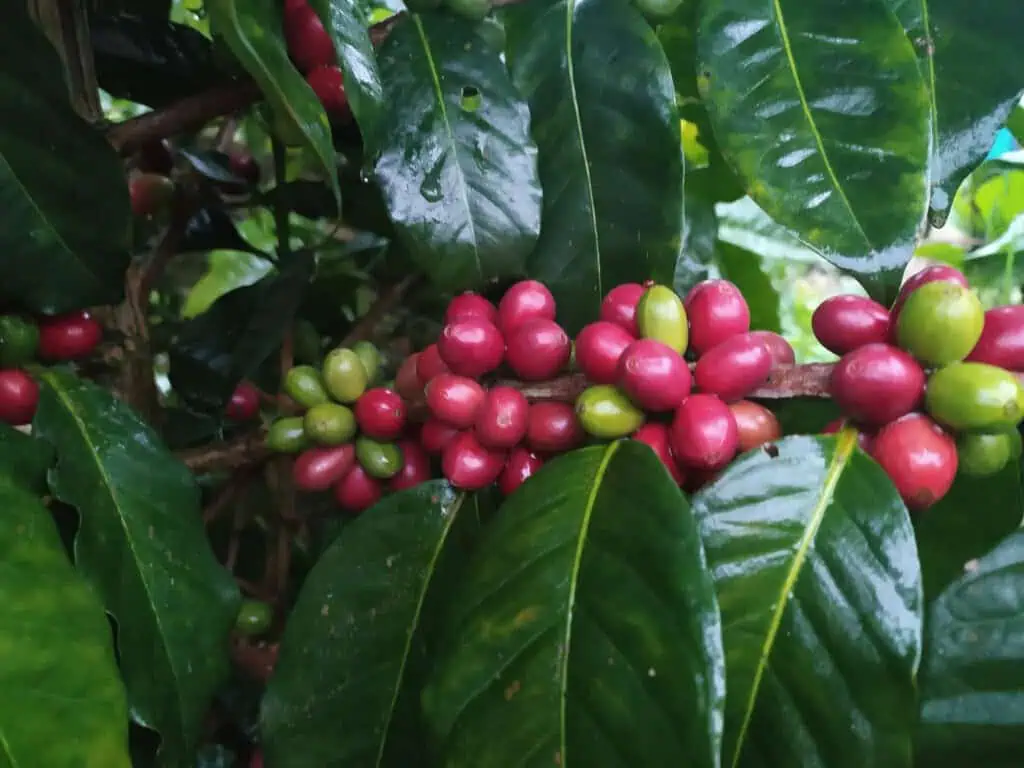
June-July: Robusta and Other Non-Arabica Species
Coffee Review readers are doubtless aware of one of specialty coffee’s most persistent taboos: Thou shalt not roast or sell coffee from trees of the Robusta (Coffea canephora) species. Historically, the specialty coffee world has avoided having anything to do with Robusta, the hardier, cheaper alternative to Arabica that now supplies around 40% of the world’s coffee. This prohibition is largely tacit and unstated, but is based on a judgment of Robusta’s cup character as inescapably bland and bitter compared to Arabica’s greater sweetness, brightness and complexity. The only reason a coffee company would roast Robusta, coffee lovers have been given to believe, is to save money.
Now, at the more adventurous edges of the specialty coffee world, there is a new interest in Robusta. It is driven in large part by the threat of global warming, which has the potential to radically reduce lands suitable for the production of Arabica, a fussy plant that requires relatively high growing elevations in the tropics with cool nights but no frost. Robusta, on the other hand, can thrive at hotter temperatures than Arabica and is generally much hardier. Recently, the search for a more climate-resilient coffee plant has extended to other coffee species as well — to Liberica, a hardy species widely grown and consumed in southeast Asia; Excelsa, closely related to Liberica; and Stenophylla, a rare and recently rediscovered species that, research suggests, tolerates high temperatures while displaying a range of sensory character similar to high-grown Arabica.
For our June/July 2025 report, we will be testing as many examples of specialty Robustas and specialty versions of other non-Arabica species as we can turn up. We will most likely consider blends that make significant use of Robustas (minimum 50%) as well as single-origin offerings, and will accept submissions intended for either brewed or espresso preparation.

August-September: Mocha-Java Blends
The world’s first blend, Mocha-Java, combined the only two coffees the world knew in around 1720: Mocha from Yemen and Java from the Dutch colony of that name. Despite the arbitrary nature of this combination and uncertainty about how these early coffees actually tasted, Mocha-Java has remained a remarkably productive blend concept, retaining a core sensory expectation while stimulating often inspired variations. Are contemporary versions of this blend worthy of its long and distinguished history? We will survey and celebrate some of the latest variations on the richly generative Mocha-Java theme with our August/September 2025 report.
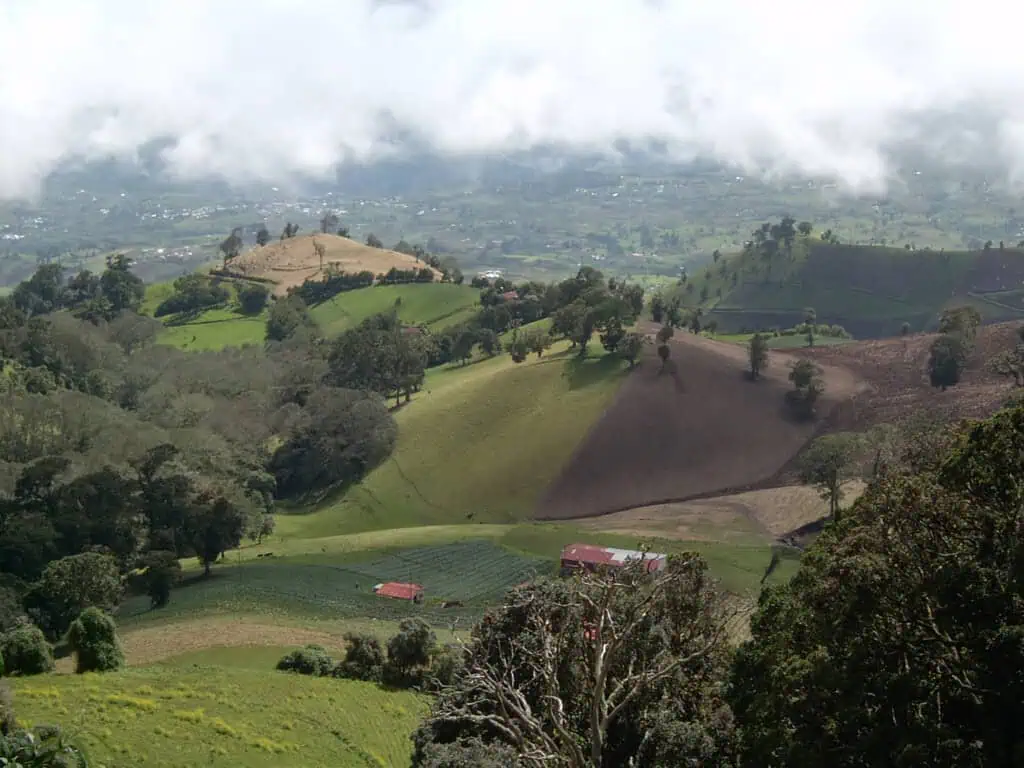
October-November: Costa Rica Coffees
For decades, Costa Rica was famed for its high-grown, meticulously prepared washed coffees, cleanly classic in profile, the ultimate in consistency. Then, starting in the 2000’s, the Costa Rica “micro-mill revolution” exploded with its processing experiments. Suddenly, we had brandy-toned natural-processed Costa Ricas, svelte honey-processed Costa Ricas, and eventually, candy-toned anaerobic-processed Costa Ricas, all competing with the clean, sweetly bright Costa Ricas of tradition.
Whither Costa Rica in 2025? Will it lean more toward the sensory surprises of processing experiments or the soaring elegance of the classic? Find out with our October/November report.
December: Top 50 Coffees of 2025
Every year since 2013 we’ve published a list of the Top 30 most exciting coffees from among the thousands we tested. In 2013 roughly sixty coffees scored 94 points or higher. Obviously, any coffee earning 94 points or higher is exceptional. However, some coffees are rarer and more distinctive than others. We felt we could make some difficult choices and arrive at a final list of 30 without omitting any that clearly deserved inclusion.
However, the number of coffees we test each year has grown from approximately 300 in 2013 to over 700 in the past year. And in those intervening 11 years, we have seen more and more exceptional coffees come across our cupping table, as producers, traders and roasters all grow more creative and resourceful, and opportunities for collaboration among them intensify. If, in 2013, 60 coffees out of 300 scored 94 points or higher, in 2024, roughly 30 out of 700 scored 96 points or higher. It appears that the time has come to expand our list of 30 top coffees to 50. We look forward to sharing our Top 50 Coffees with you at the end of the year.

